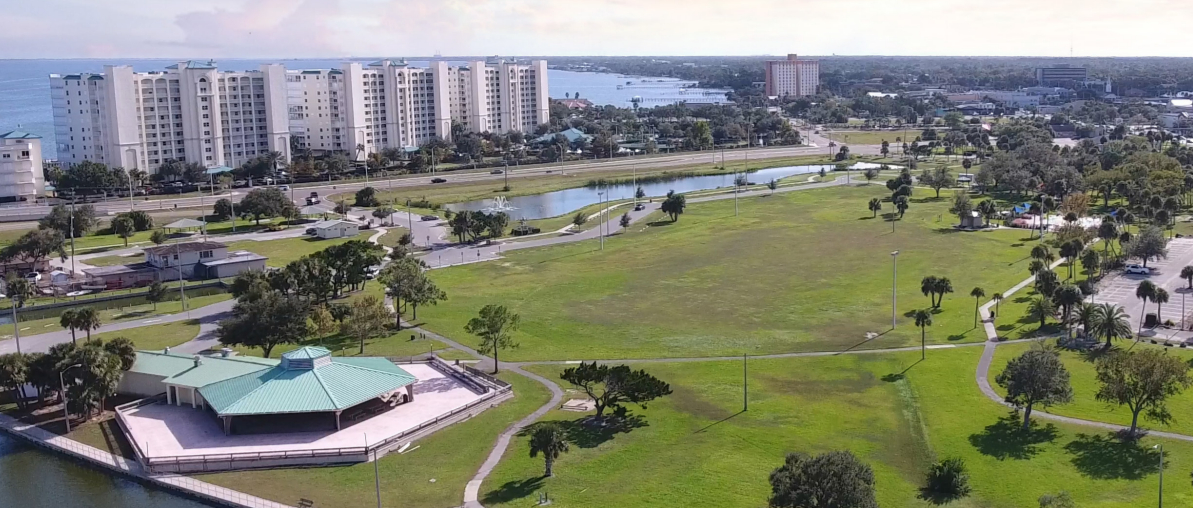
Photo: NASA
It was all going well until it wasn’t. That’s often the story with launch attempts: tens of thousands of things must work perfectly, perform as planned, and operate normally, and only one thing has to go wrong for the attempt to be called off.
That was the case with United Launch Alliance’s attempt to launch Boeing’s CST-100 Starliner this evening, and with about two hours left in a smooth-running countdown with astronauts already aboard Starliner, the launch attempt was scrubbed. A faulty valve on the Centaur upper stage of Atlas V malfunctioned, and flight rules dictated that the launch attempt be called off.
UPDATE May 7th 7PM: ULA, Boeing and NASA are now targeting Friday May 17th at 6:16 PM EDT for the next launch attempt of Atlas V and Starliner:


As frustrating as that can be for spectators, mission engineers, and even astronauts, trying again on another day after fixes are implemented is always the right call. That’s exactly what happened this evening for the first crewed launch of Starliner: an oxygen relief valve on the Atlas V Centaur second stage was not performing as expected, forcing ULA Launch Director Tom Heter III and other ULA missions managers to call a scrub for the day.
Tory Bruno’s Comments
“This was more about flight rules than it was about the significance of the event. Our philosophy is that we don’t change the fueled state of the vehicle when the crew is present,” said Tory Bruno, CEO of United Launch Alliance.

Photo: from NASA Livestream
“What occurred is that we have a mechanical valve that vents the relief pressure on the [liquid oxygen tank,] so it’s venting gas. It’s not dissimilar to many other valves like that. You have one in your home on your hot water tank that’s not all that different,” Bruno added.
“Every now and again, on rare occasions, a valve like that can get into a position where it’s just off the seat. Its temperature, its stiffness is just right, and it will flutter, or it will buzz, as in this case, in the cycle.”
“We’ve seen that before. We’ve seen a sustained buzz like this on AV-53, we’ve seen short buzzes maybe three or four times, and what you would typically do is activate the solenoid that forces the valve closed, cycling the valve if you will, then you turn that off and let it return, and it almost always stops.”
Problem Has Stopped
“It has, in fact, stopped once we had the crew off. We cycled the valve, and it stopped buzzing. If this were a satellite, that would be our standard procedure, and the satellite would already be in orbit. But that changes the state of the Centaur, and we don’t do that when people are present, so our flight rules called for us to scrub and to take the crew off before we cycled that valve,” said Bruno.
Analysis Is Required And Will Be Ongoing Overnight
“Right now we are going through all the data. [There’s] a fair chance we’ll know tomorrow whether the valve exceeded its life or not or whether it has enough life against the qual limit that we established to do another [launch] attempt.”
“If we do, we’ll get back with our partners to figure out when that will be — it could be a pretty quick turnaround,” Bruno said. “If not, we’ll have to remove and replace the valve, which means we have to take the pressure fully off the Centaur upper stage. If we do that, we’ll be stretching it to support it — remember, it’s a pressure stabilized stage — it has to be either stretched or under pressure to be structurally stable, and then we would remove and replace it.”
“Qual limit” is the the number of cycles the valve has been rated to in qualification testing. If it is below that limit with enough cycles remaining to give ULA confidence in another launch attempt, the valve can remain in place. If ULA’s data shows that the valve is over the limit or close enough that it may exceed its rated lifetime during a launch attempt, it will need to be replaced.

Should The Faulty Valve Require Replacement A Delay of Several Days
Bruno added, “We have spare valves, we know how to do it, we’ve done it before, but it would take several days. We would coordinate with the range and with our partners at NASA and at Boeing, and then we would have [a new launch] date for you pretty soon. I can’t tell you that right now because we’re still looking at the data.”
“I promised Butch and Suni a boring evening. I didn’t mean for it to be quite this boring, but we’re going to follow our rules and we’re going to make sure the crew is safe,” Bruno concluded.

Photo: Charles Boyer / ToT
“I talked to the crew and they’re in good spirits,” said Mark Nappi, VP and Program Manager of the Commercial Crew Program for Boeing. “They totally understand these kinds of situations. A lot of things [have] to go right. It’s not the majority of things, it’s everything has to go right before we launch.”
With lives on the line, that’s exactly how it should be. It is always better to be on the ground wondering how long it might take to fix a problem than to wish you were on the ground fixing that problem. And that’s exactly what ULA, Boeing, and NASA did this evening.













Leave a Reply